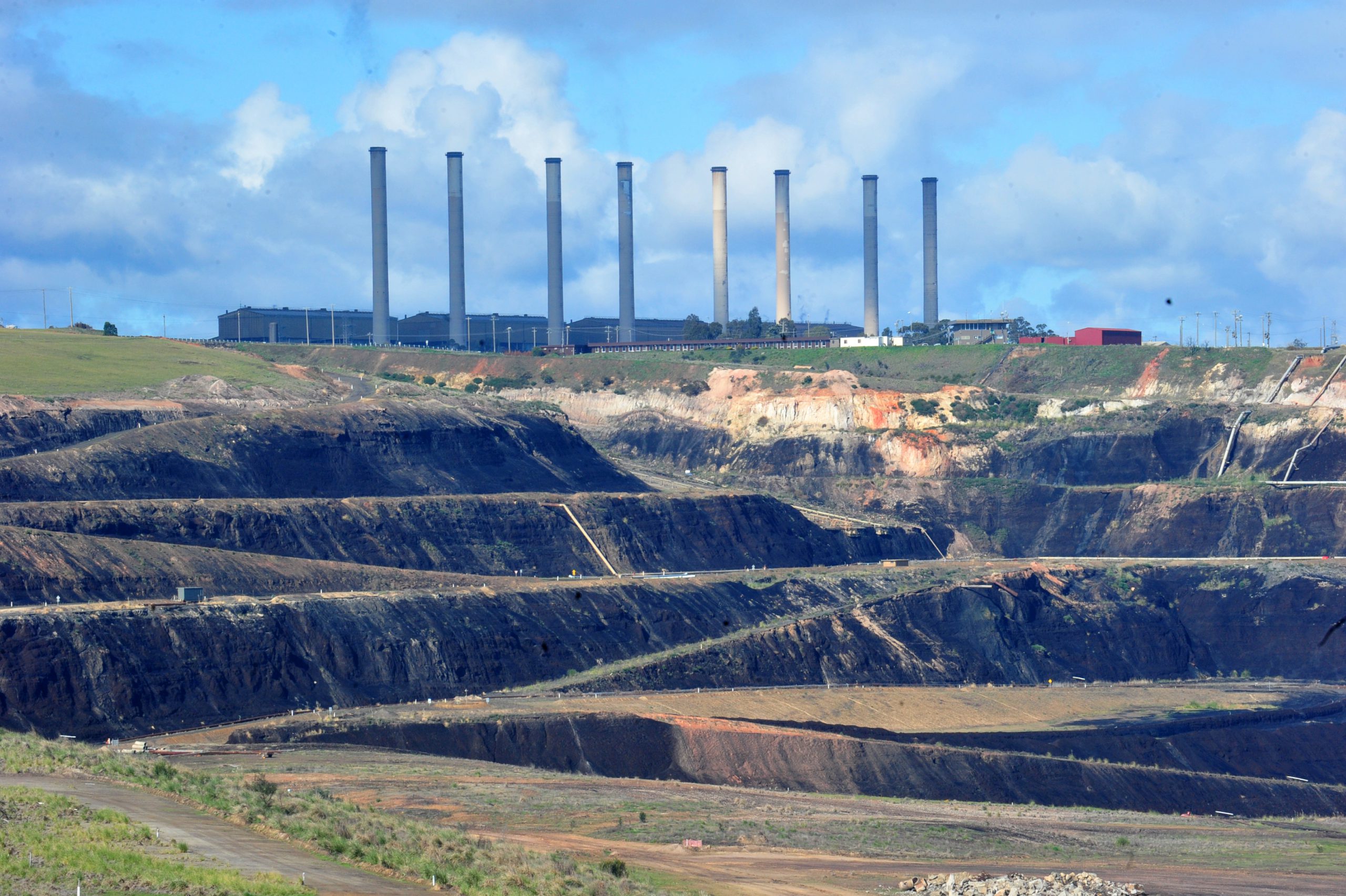Michelle Slater
Melbourne University is exploring how Latrobe Valley brown coal can be used to reduce greenhouse gasses and the impacts of intensive animal industries while improving soil health.
The $7 million university, federal government and industry-funded three-year study is looking into how lignite can be used to optimise nitrogen recovery from manure to turn into fertiliser.
Professor Deli Chen is leading a team of soil and agricultural scientists, chemical engineers and economists.
He said lignite can be mixed with manure and urine to absorb ammonia and be turned into a useful product that will also stop nitrogen run-off into the environment.
The team was working with effluent produced from a large-scale dairy company that milks 7000 cows, as well as an intensive poultry business.
“Animal production systems produce huge amounts of nitrogen through excrement, and about 70 to 90 per cent of this is lost into the environment,” Professor Chen said.
Professor Chen said feedlot studies had shown that lignite could decrease the loss of ammonia to the environment by 66 per cent.
They also showed that if the waste was collected and processed into fertiliser, it would be worth about $49 per cow, per year, he said.
“It can reduce pollution, odour, greenhouse gasses and become slow-release nutrient-rich fertiliser that would also increase plant production and carbon sequestration.”
Professor Chen said brown coal contained about 70 per cent water, and they were working on ways to de-water it to further enhance its ability to absorb ammonia. However, he said one of the biggest issues was transport costs and he was calling on governments to provide transport subsidies and investment incentives to scale up the technology.
“This is a promising alternative use for lignite, and brown coal has a bright future,” he said. Professor Chen said they were compiling a cost-benefit analysis and hoped to start commercial-scale testing in the Latrobe Valley next year.











